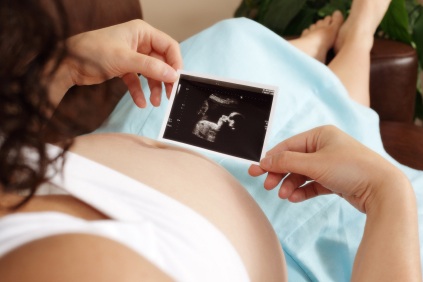
Rubella [Illustration by Shinod AP]
Causative agent
Rubella is caused by an RNA virus. The virus has been recovered from the nasopharynx, throat, blood, CSF and urine.
Source of infection
Contact with a rubella-infected person is enough to get the disease. Infants born with congenital rubella may shed the virus for many months.
Period of communicability
It is difficult to state the exact period of communicability. It probably extends from a week before symptoms appear to about a week after rashes appear. The absence of coughing in rubella makes it less communicable than measles. The infectivity is greatest when rashes are erupting.
Age group
It usually affects children in the age group of three to 10 years, but rubella may strike at any age.
Immunity
One attack of rubella may result in life-long immunity. Infants of immune mothers are protected upto four to six months. Many studies conducted in India indicate that approximately 40 percent of women of child-bearing age are susceptible to rubella.
Incubation period
The rubella virus takes about two to three weeks or an average of 18 days to die out.
Symptoms
- Sore throat
- Low grade fever
- Enlargement of lymph nodes.
- Rashes: Small pinkish rashes first appear on the face and spread rapidly to the upper body and extremities. They are often the first indication of the disease. They clear more rapidly than the measles rashes, usually by the third day, although in some cases rashes may not appear at all.
Complications
- Congenital malformation.
- Joint pain in adults.










